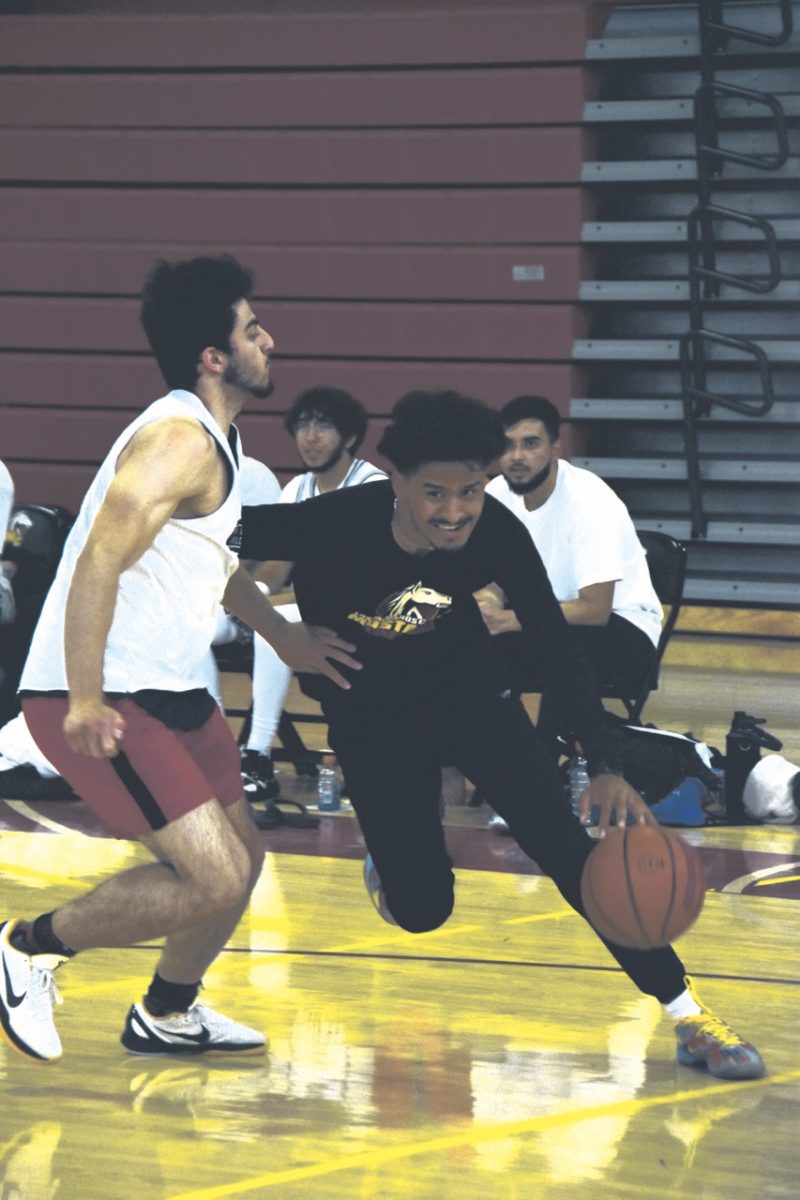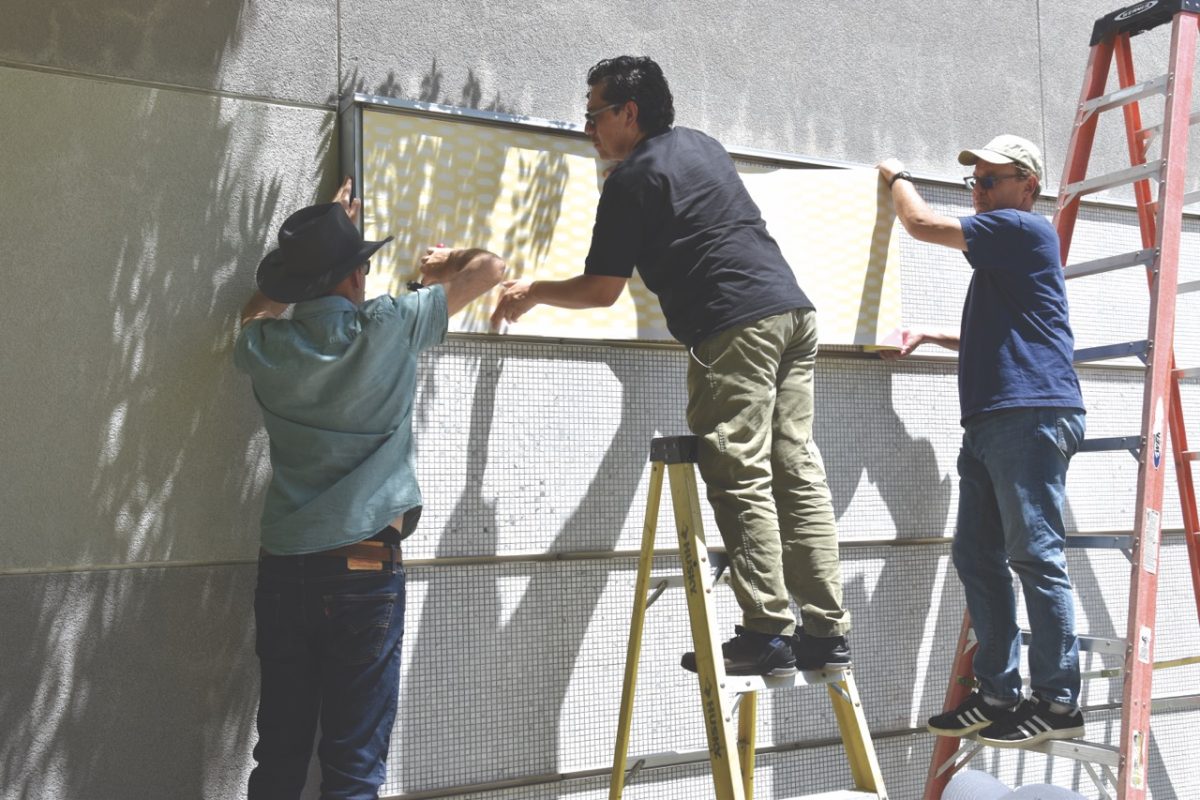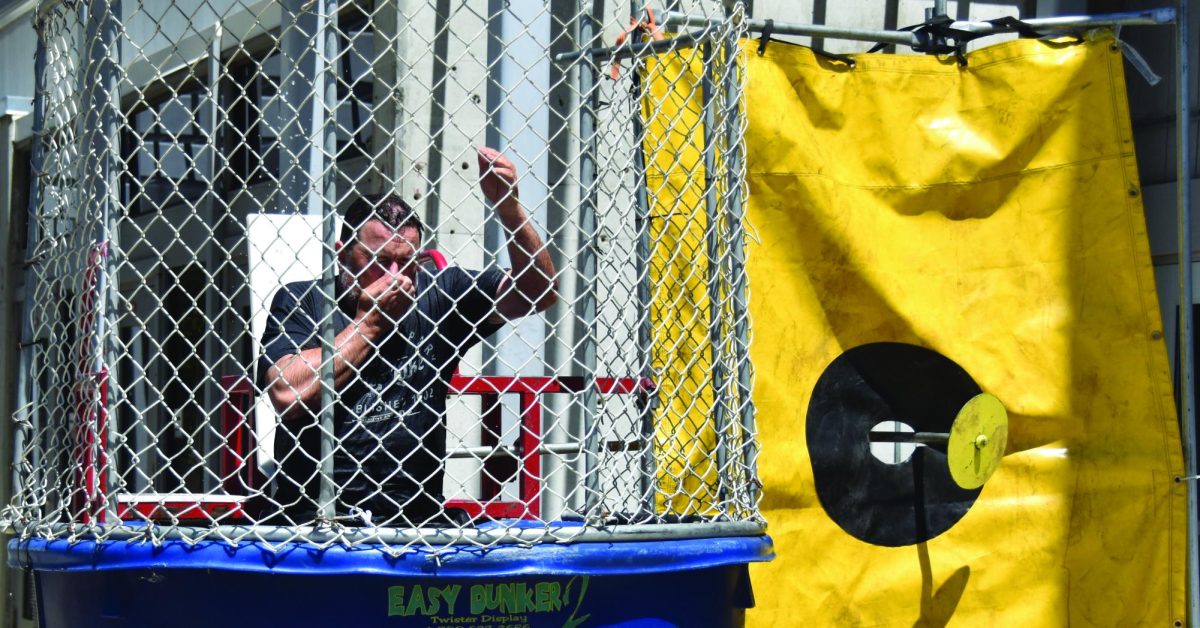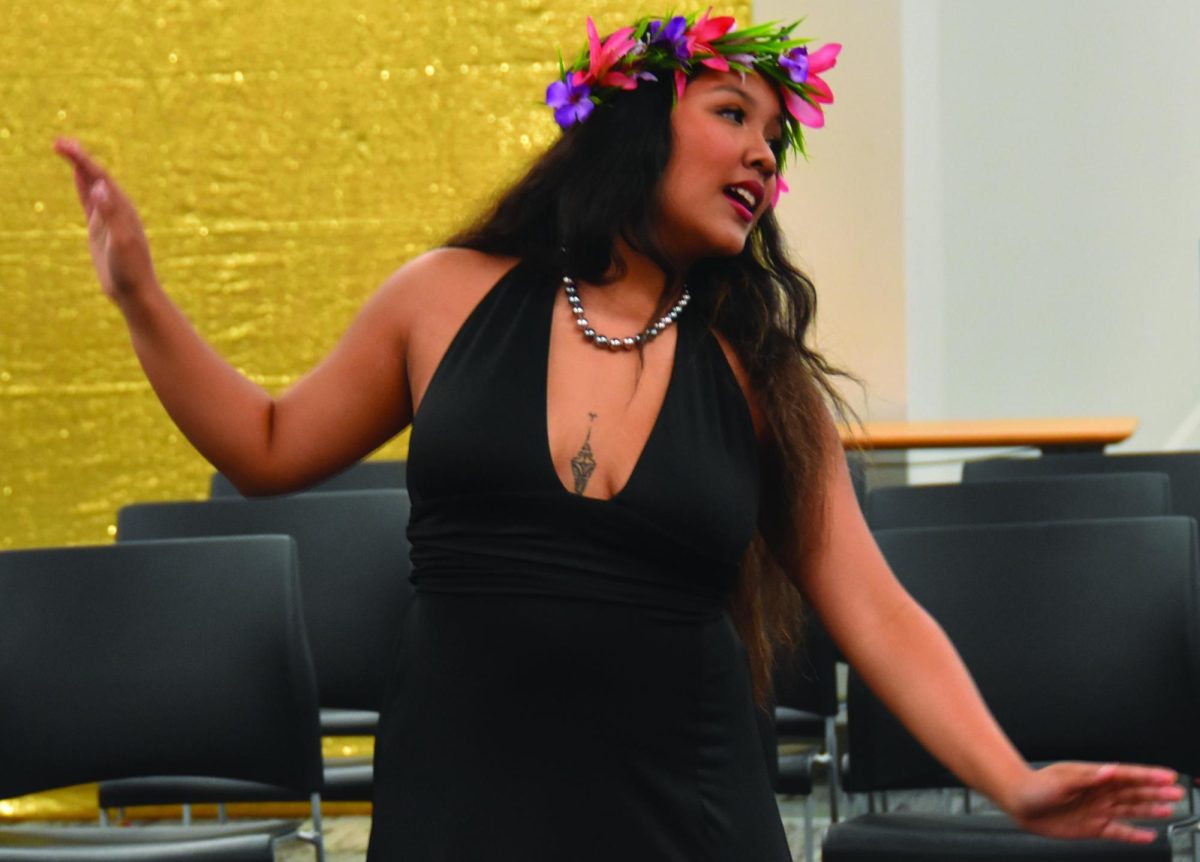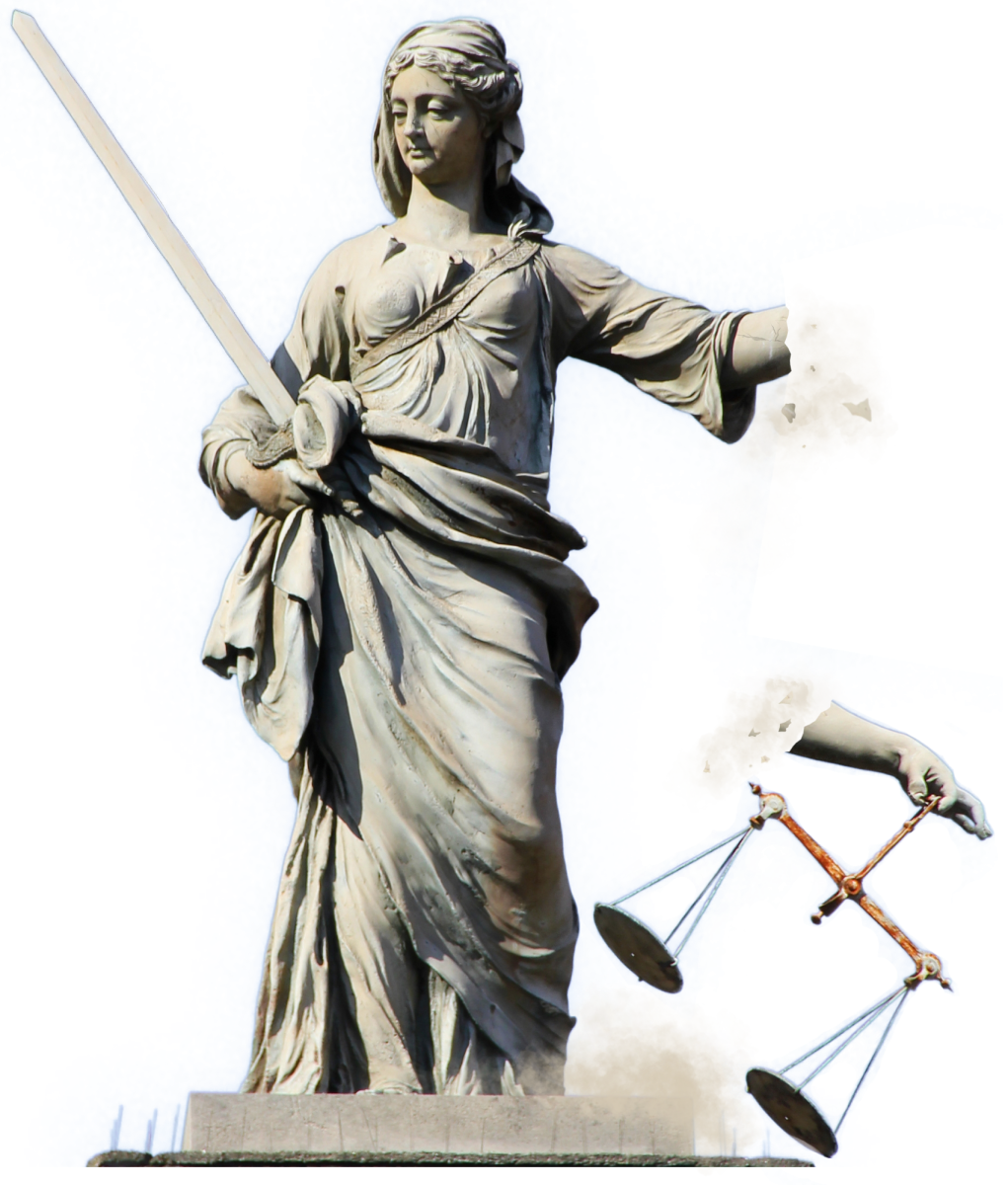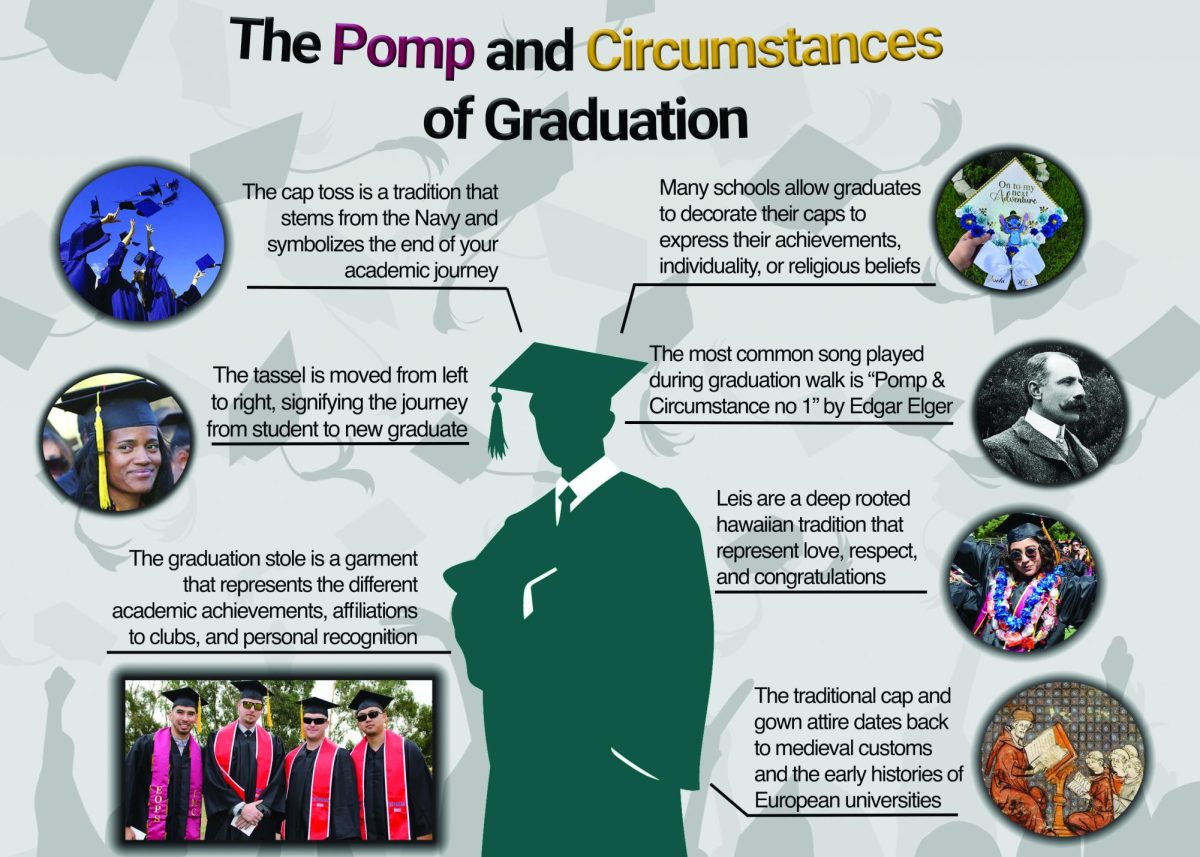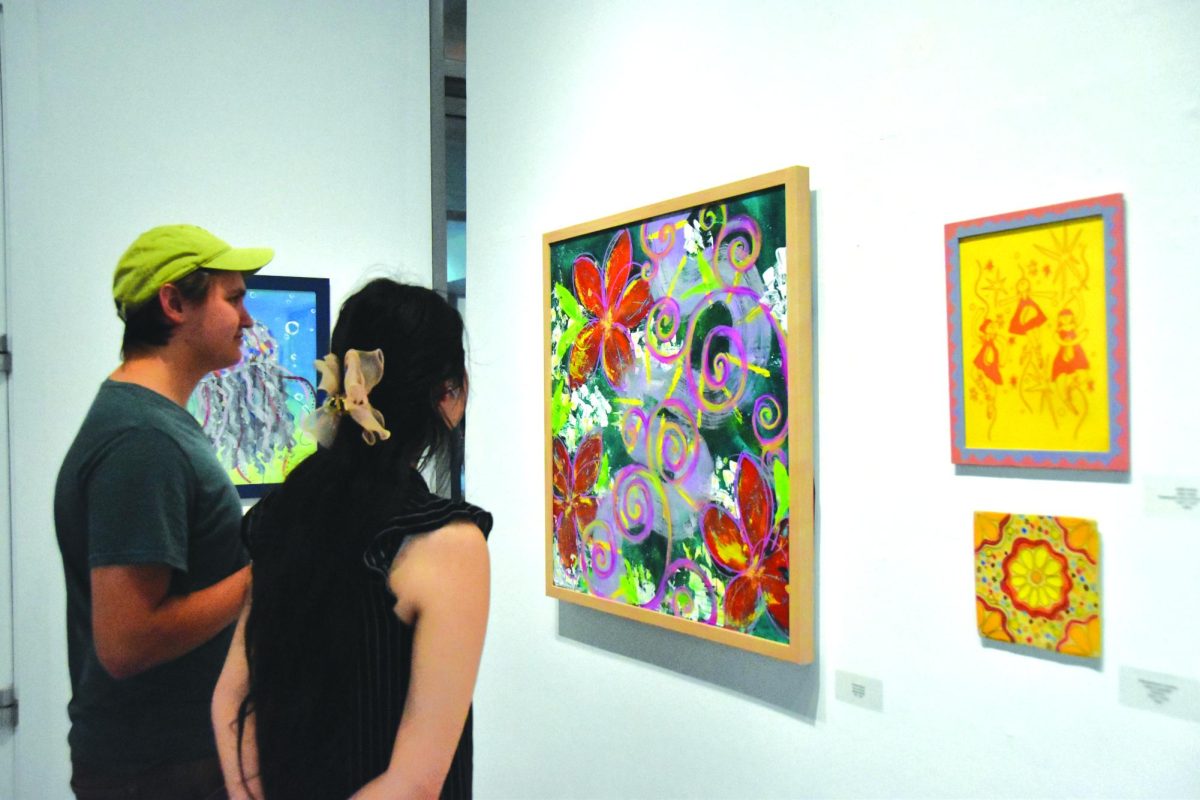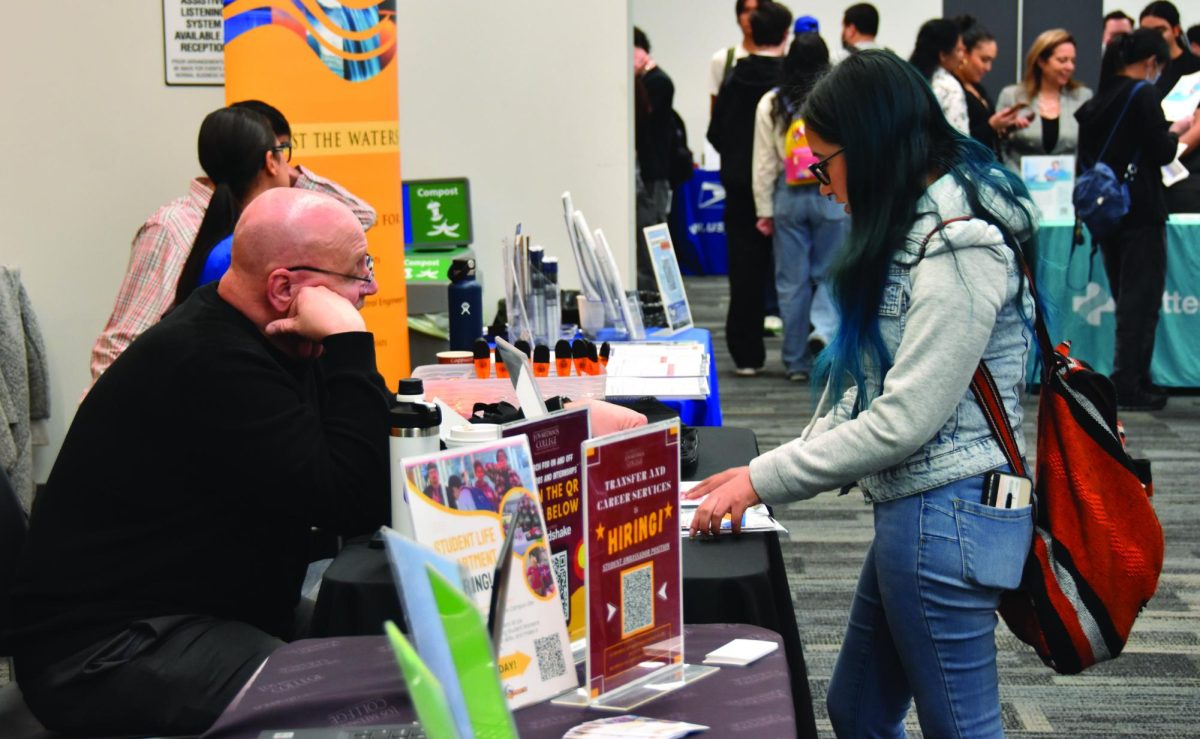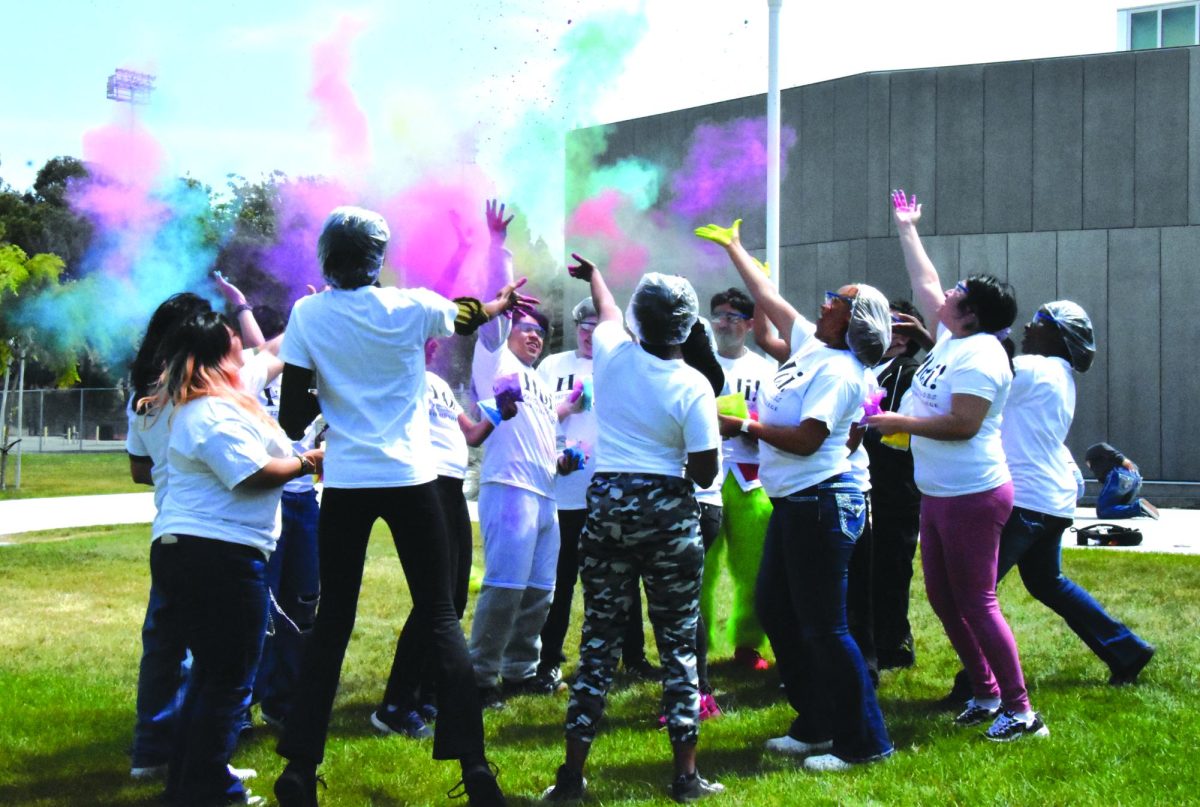A makeshift wetland was anchored in the middle of the murky waters of the LMC Lake on Nov. 10.
Mitch Schweickert’s Chemistry-25 students and two artists from the Women’s Environmental Art Directory (W.E.A.D.) participated in the creation of the floating wetland that will have some impact on the lake’s condition but serves as a message of environmental concerns through art.
The wetland is part of the ongoing art exhibit Convergence and Divergence, which can be viewed in the LMC gallery.
“It’s to bring awareness to the flora and fauna and health of the delta and the importance of taking stewardship of your local watershed,” said Lauren Elder, one of W.E.A.D.’s board members. “The idea of this is that it will be planted with vegetation that is very effective in terms of soaking up excess nutrients.”
The lake water is used to feed the LMC grounds and chemicals that are used to help growth eventually makes its way back into the water.
The lake has high levels of nitrates and phosphates and other undesirable chemicals that enter the lake by rain runoff.
“It’s pretty impaired because this gets used for irrigation here at LMC and the runoff comes right back to the lake and it tends to concentrate some fertilizers and things that we would prefer not to have,” said Schweickert.
The clouds rolled in and out as students gathered around the pressure-treated wood frame stuffed with Dow Styrofoam to help its buoyancy. One by one the students showed up at the north end of the lake throughout the morning and early afternoon to lend a hand in making this idea a reality.
“It feels really good because it makes me proud of LMC, especially because I can say I help do something here. I really liked it made me feel really good about my school,” said Barbara Waring, a microbiology major who volunteered her time to help out.
The students helped by hauling soil made of ground coconut husks mixed with peat moss, erecting a mast of eucalyptus bark and planting Kanna, Sedges, Cattails, Juncus, salvia, willows and various other beneficial plants.
The tiny microorganisms that live in wetlands eat up excess chemicals, removing them from the lake to help purify the water. Some of the plants were donated by the LMC nature preserve, others were harvested from the swamp area at the end of the lake.
The materials to build the island cost $523, paid for from Schweickert’s pocket. Art gallery director Judi Pettite is looking into seeing if there are any reimbursement opportunities, however Schweickert may just gift it to LMC, explaining, “I may retire at the end of this year, I’m not sure. But it would be like a parting gift to the college, so I am not too worried about it,” said Schweickert.
The thing to remember is that it’s important to give back and to take care of our surroundings by being aware of the things we use that have an impact on our environment.
“If anything… to encourage people to research and learn more and also to be conscious…every time you spray pesticides in your garden it’s going to end up in the delta where it effects wildlife and plants. So if you can find an organic alternative so much the better,” said Elder.


